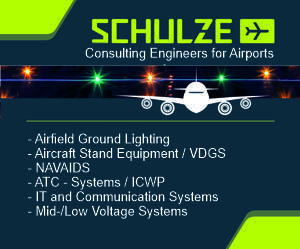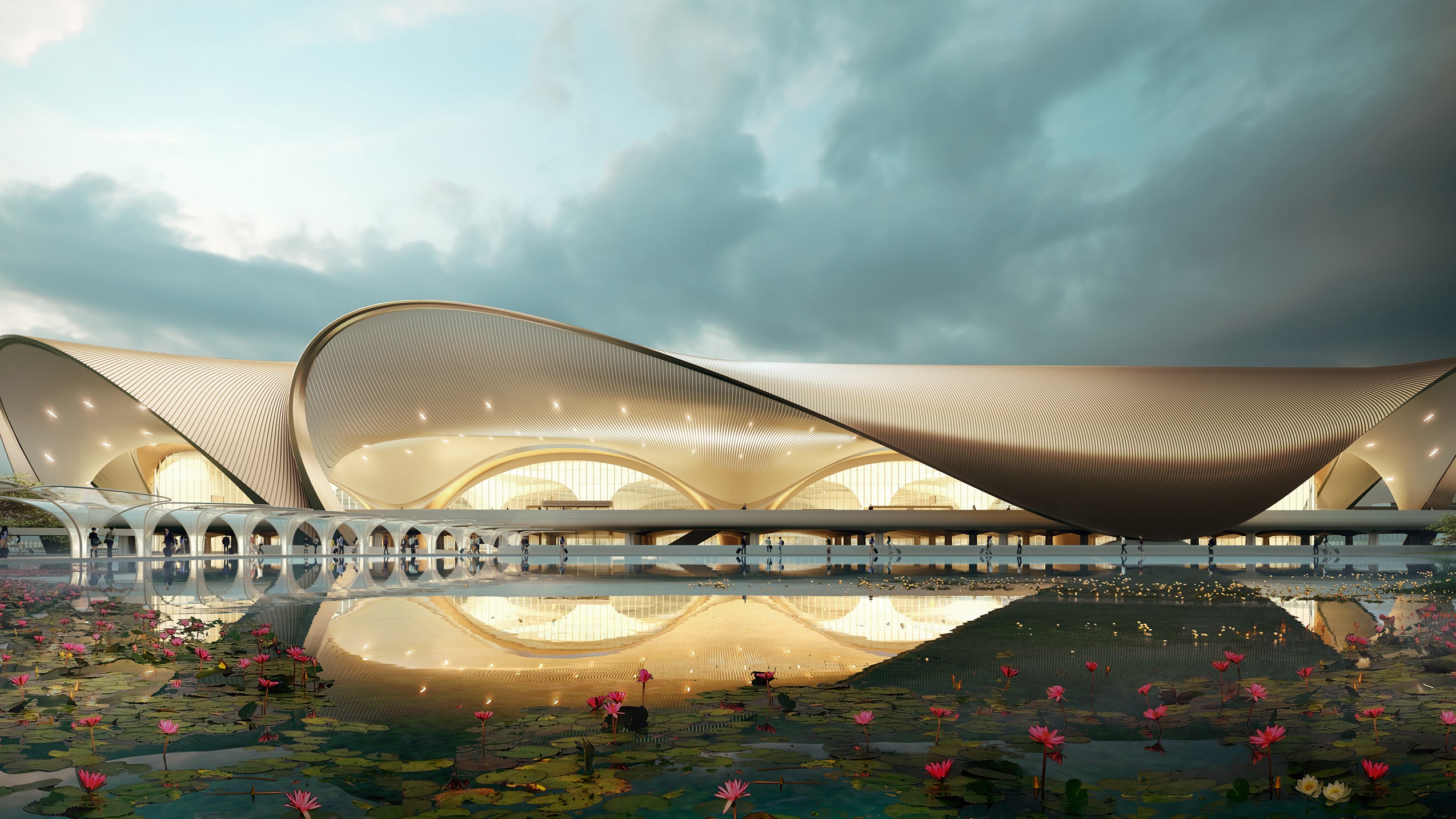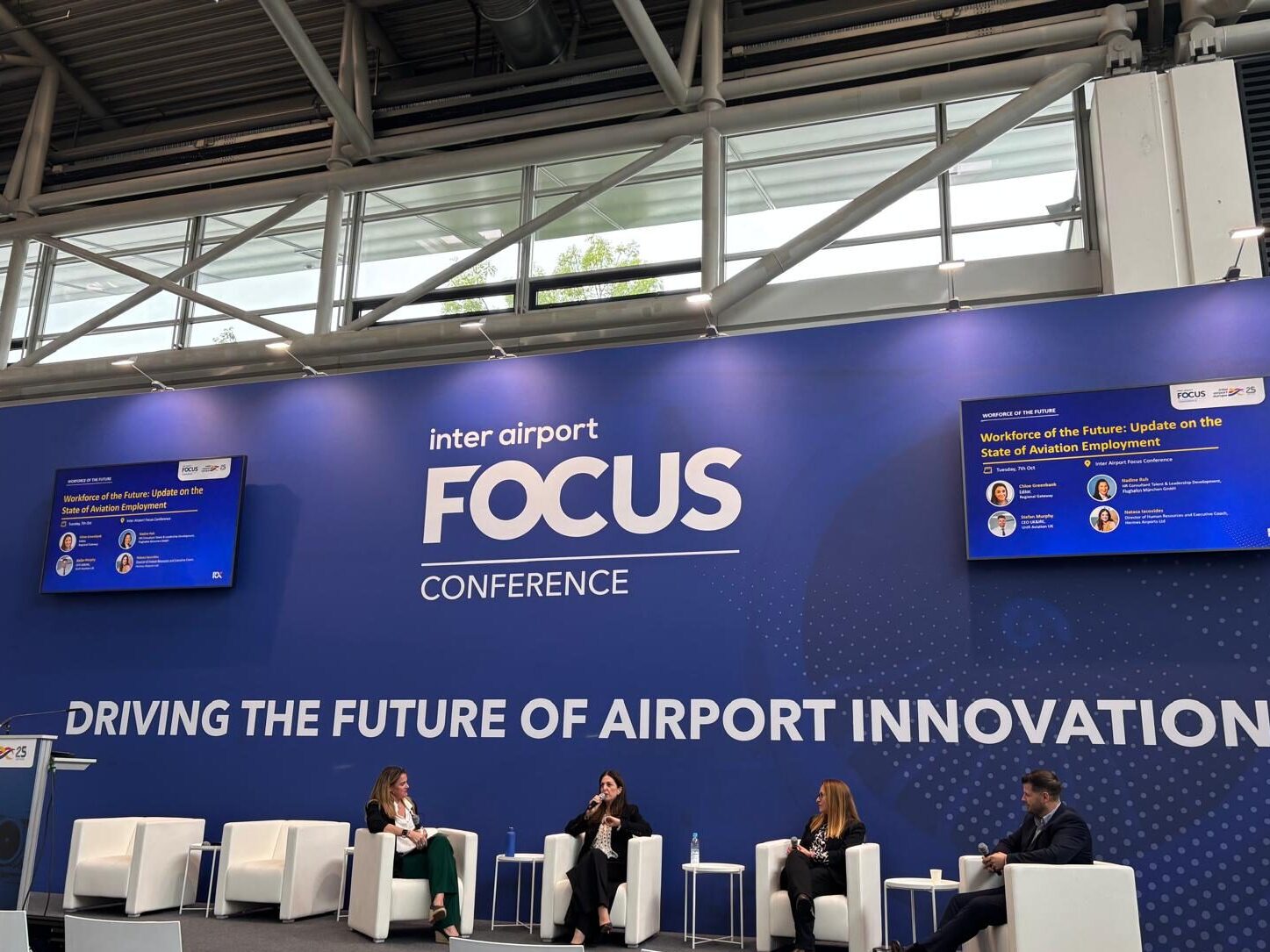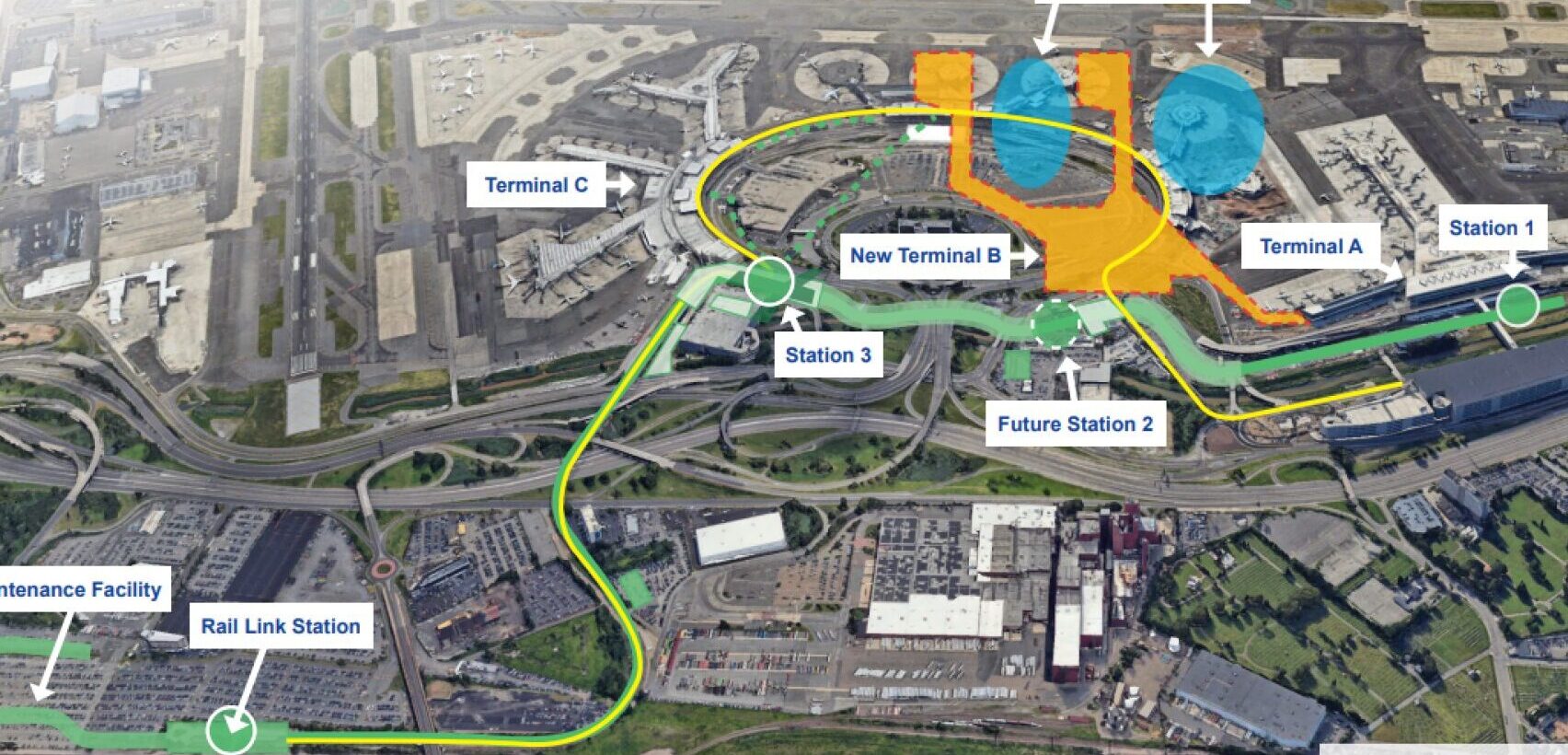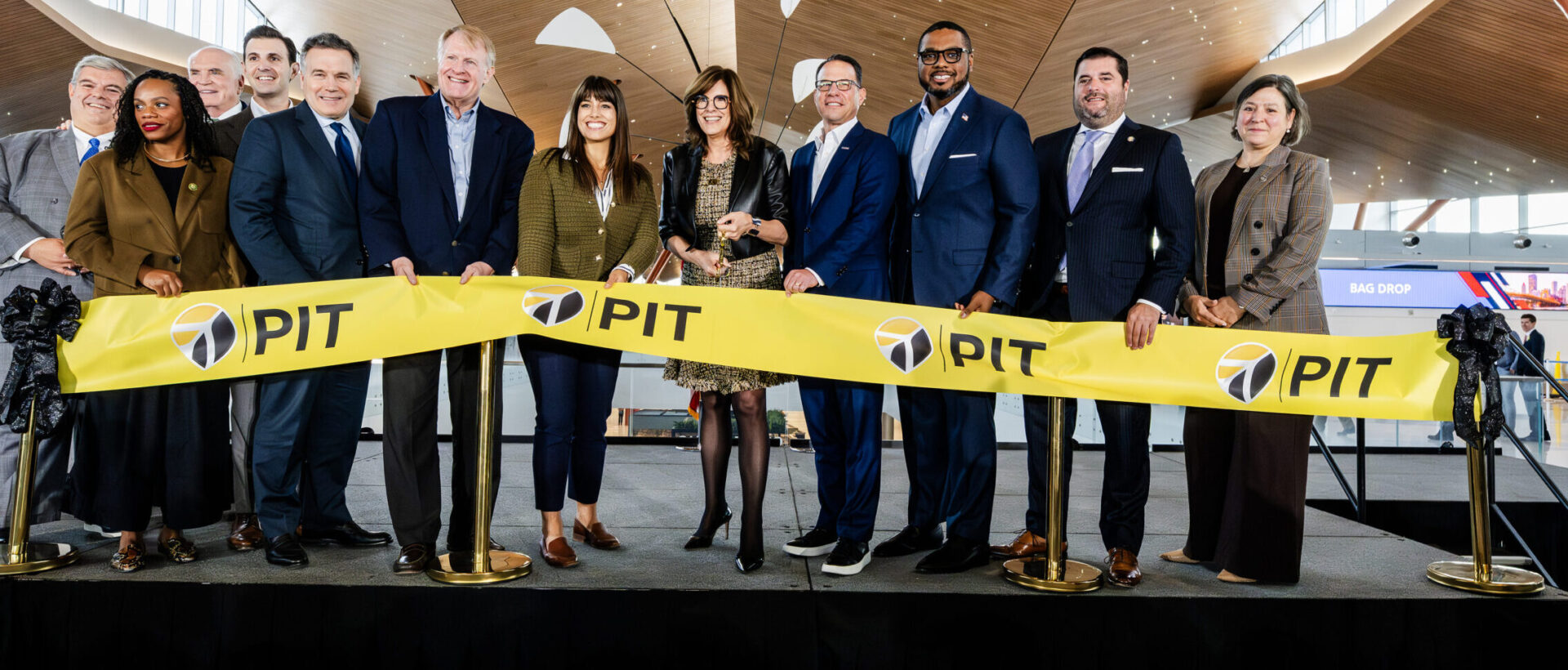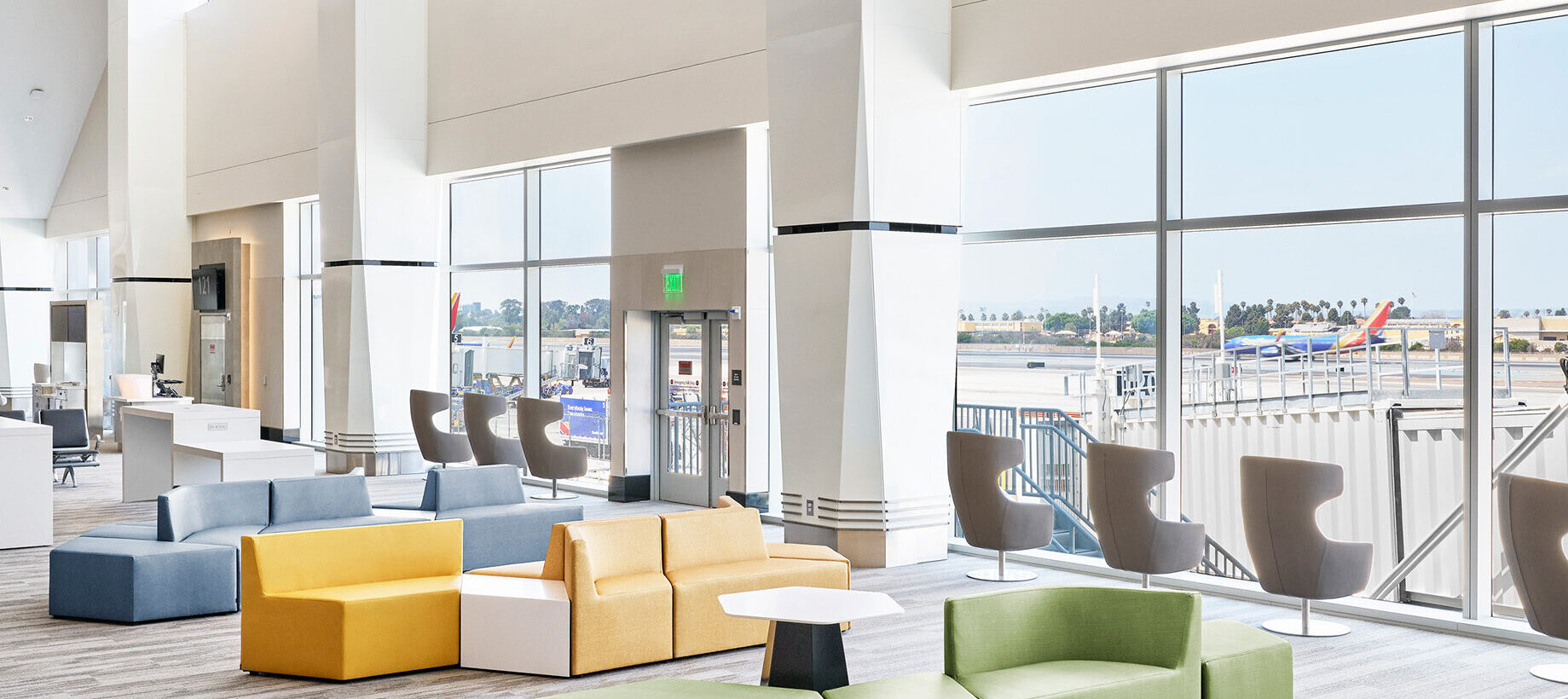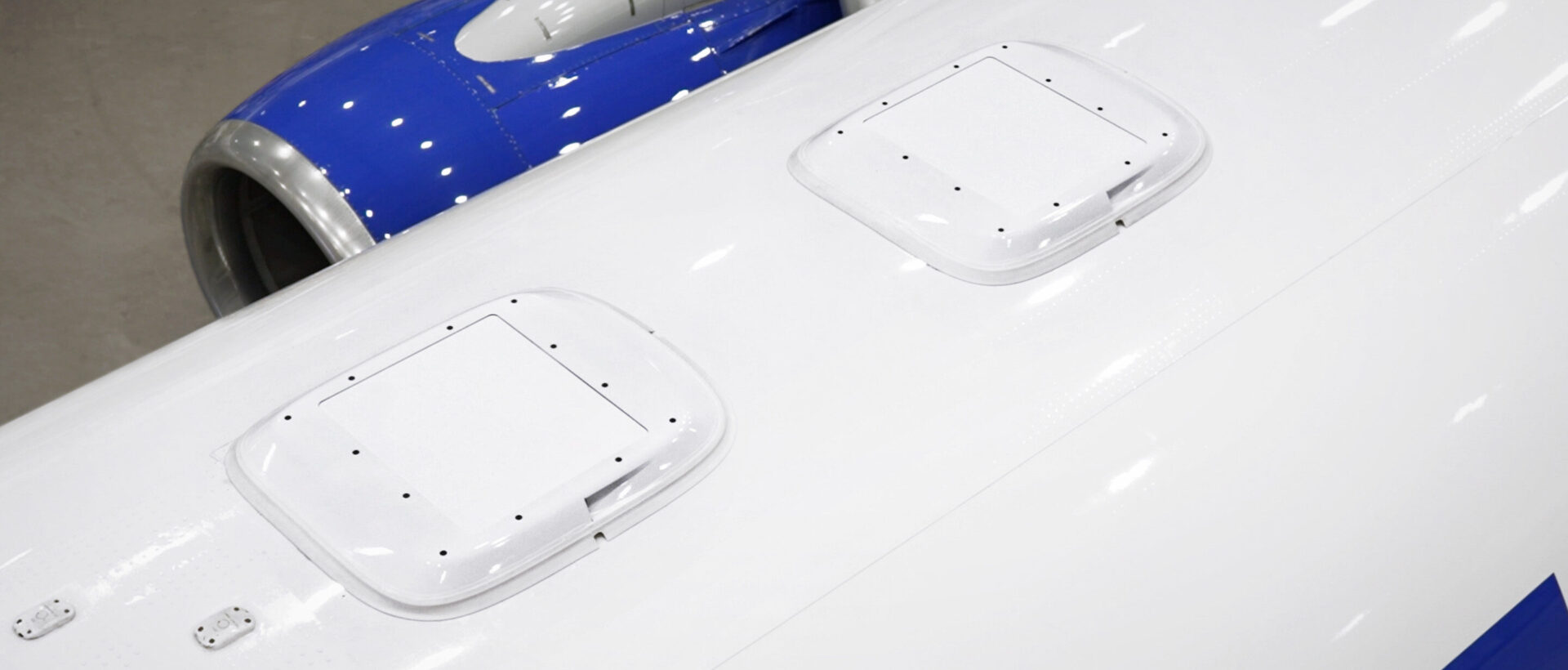By Logan Hutto, C.M., Aviation Planner at KSA Engineering
When followers of the aviation industry consider the future and the latest in airport development, they may immediately think of the world’s largest, most well-known projects: Al Maktoum International in Dubai with a cost of 33 billion USD looking to be the biggest airport in the world; Long Thanh International in Ho Chi Minh City being built to accommodate 100 million passengers and the new JFK expansion with a cost of around 9.5 billion USD.
But smaller, regional airports across the U.S. are every bit as active in expansion and development, as they gear up for the rest of the 21st century. The upgrades are not just to accommodate more passengers, but to meet the very latest in technology.
For example, while the idea of flying cars has been around for more than a century, we are now finally starting to achieve those dreams. And airports, both regional and national, must change to adapt to the new technology.
Indeed, as the aviation industry stands on the cusp of transformative change, technologies like Advanced Air Mobility (AAM), electric aircraft, and vertiport infrastructure are rapidly shifting from conceptual frameworks to operational realities.
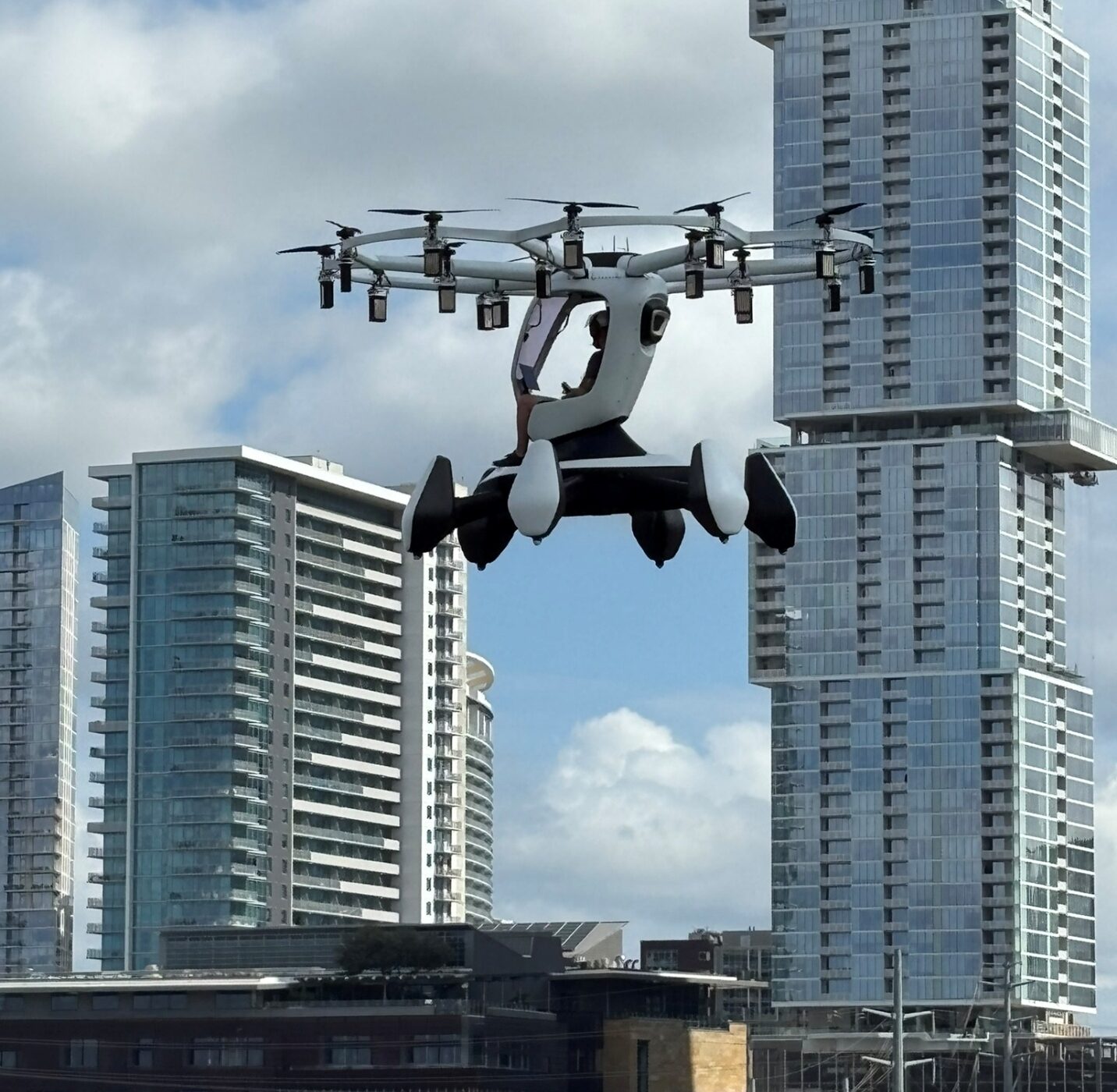
Advanced Air Mobility is comprised primarily of electric vertical takeoff and landing (eVTOL) vehicles designed to transport passengers and cargo across urban and regional environments. These aircraft promise reduced emissions, quieter operations, and increased accessibility, but alongside this brings challenges that have yet to be seen in current airports, and planning processes can ensure that airports, both big and small, are prepared for emerging technologies.
Using guidance from the Federal Aviation Administration (FAA), planning is being done for vertiport design and siting. Vertiports, which are dedicated facilities for eVTOL operations, must be strategically located to optimise airspace integration and land use and preservation to ensure a minimal impact on current airport operations. FAA Engineering Brief 105A, Vertiport Design, provides guidance on how to plan for these areas and what space is needed.
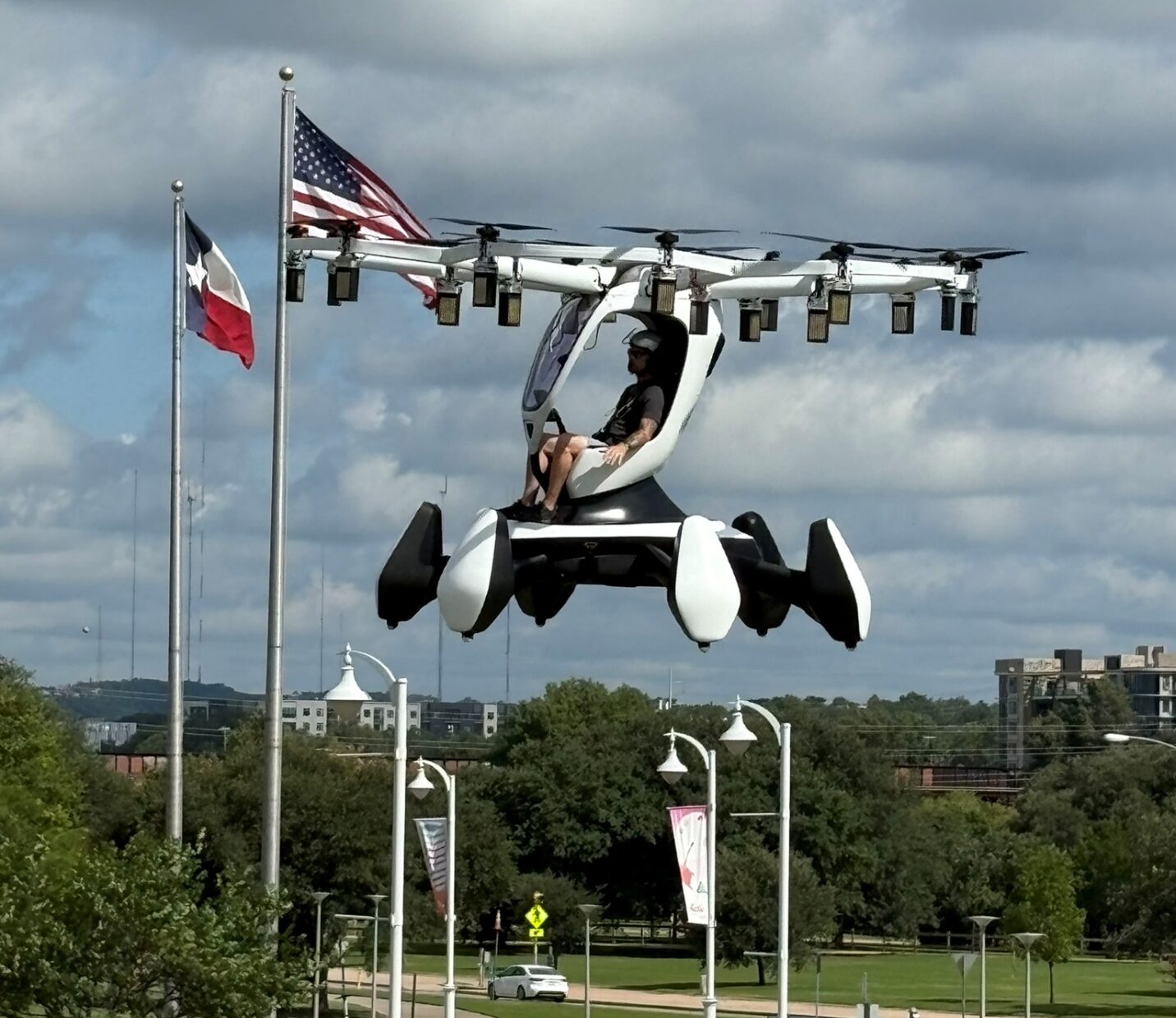
Another consideration for the planning of a vertiport is utility infrastructure. Access must be available, or can be made available in a cost-effective way.
Strategic planning approaches must be taken in order to develop a long-term solution for airports to accommodate AAM operations. Starting with an inventory survey, the current state of the airport and its operations is analysed, and then the existing operations are used to create a forecast of operations and demand analysis. The forecast and demand analysis will assess the potential demand for AAM and electric aircraft based on regional demographics, economic trends, and stakeholder input. Data from the forecast will then be compared to the inventory of existing conditions to create a list of facility requirements that will need to be met by the end of the study period to meet the forecasted operations.
After the compilation of the facility requirements, a set of development alternatives is produced, and this will visually assess where on the airport the facilities required for AAM operations can be located alongside any other future development that might be required by the end of the planning period.
Through the use of stakeholder engagement and public involvement, these alternative developments are looked at and discussed to determine the recommended development plan that will be incorporated into the final Airport Layout Plan (ALP) and used to create a Capital Improvement Plan (CIP) for the airport. As important as figuring out the layout and where to place AAM facilities on an airport is, funding it is just as important, and aligning the plan and its CIP elements with FAA guidelines and competitive grant opportunities.
As a retired multi-engine, multi-rotor helicopter pilot, David Kirkpatrick, a KSA Aviation Planner, has even flown the Hexa eVTOL by Lift Aircraft in downtown Austin, Texas. As a retired Army helicopter pilot, Kirkpatrick believes it is the closest to a helicopter-style of flying he has been able to accomplish as a civilian without going through the arduous process of maintaining currency and renting a civilian helicopter.
Kirkpatrick said:I believe this will be the future of aviation travel in an urban environment.
As AAM and electrification continue to evolve, airports must remain flexible and forward-looking. The integration of these technologies is not merely a technical challenge; it’s a strategic opportunity to redefine mobility, sustainability, and economic development at small airports.
Logan Hutto, C.M., is a technical planner and serves as KSA’s in-house Part 107 drone pilot. Logan brings extensive expertise in Airport Layout Plans (ALPs) and Airport Master Plans, cultivated through years of experience in the aviation industry.
Logan achieved his C.M. designation from the American Association of Airport Executives in January 2022, complementing his academic credentials which include a Master of Science in Aviation and Space, as well as a Bachelor of Science in Aerospace Administration and Operations with a focus on Aviation Management, both earned from Oklahoma State University.
Throughout his career, he has worked at airports throughout Texas, Oklahoma, and Louisiana, including Fort-Worth Spinks, TSTC Waco, Cherokee County, Angelina County, Maverick County, Granbury Regional Airport, Durant Municipal and Beauregard Regional Airport.



